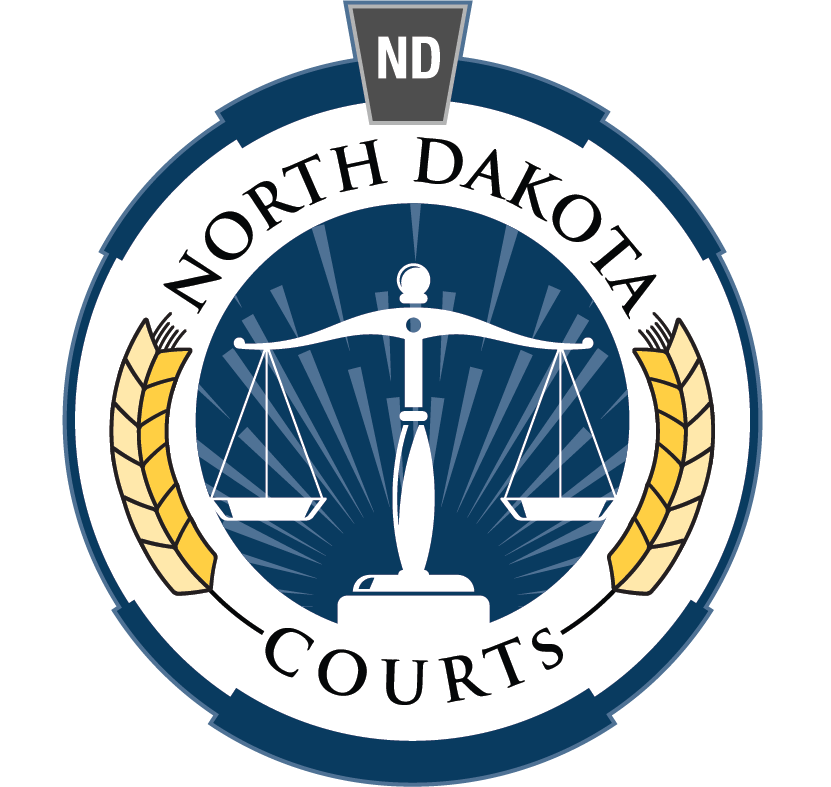RULE 24. TRIAL JURORS
Effective Date: 3/1/2022
Obsolete Date: 1/25/2023
(a) Examination of Jurors.
(1) Prospective Jurors. When a 12-person jury is to be impaneled, the court must call for examination not more than the number of prospective jurors that equals the number of jurors necessary for the jury plus the number of peremptory challenges available to the parties, unless otherwise stipulated by the parties and approved by the court. When a six-person jury is to be impaneled, the court may call for examination a number of prospective jurors equal to the number of jurors necessary for the jury plus the number of peremptory challenges available to the parties. If, after the parties have exercised their challenges, there are more jurors than required by Rule 23, the excess jurors must be excused in the inverse order in which they were called.
(2) Examination. The court must permit the defendant or the defendant's attorney and the prosecuting attorney to participate in the examination of prospective jurors. The court may allow individual examination of prospective jurors in chambers or a closed courtroom for a compelling reason after applying and announcing on the record the factors establishing the overriding interest for courtroom closure.
(b) Challenges.
(1) Challenges for Cause.(A) By the Court. If the court, after examination of any prospective juror, finds grounds for challenge for cause, the court must excuse that prospective juror.(B) By a Party. If the court does not excuse a prospective juror for cause, any party may make a challenge for cause. A challenge to a prospective juror must be made before the juror is sworn to try the case.(2) Peremptory Challenges. Each side is entitled to:(A) 4 peremptory challenges when a 6-person jury is to be impaneled; and(B) 6 peremptory challenges when a 12-person jury is to be impaneled, except when the offense charged is a AA felony, each side is entitled to 10 peremptory challenges.If there is more than one defendant, the court may allow the defendants additional peremptory challenges and permit them to be exercised separately or jointly.
(c) Alternate Jurors.
(1) In General. The court may impanel up to four alternate jurors to replace any jurors who are unable to perform or who are disqualified from performing their duties.
(2) Procedure.(A) Alternate jurors must have the same qualifications and be selected and sworn in the same manner as any other jurors.(B) Alternate jurors replace jurors in the same sequence in which the alternates were selected. An alternate juror who replaces a juror has the same authority as the other jurors.(3) Retaining Alternate Jurors. The court may retain alternate jurors after the jury retires to deliberate. The court must ensure that a retained alternate does not discuss the case with anyone until that alternate replaces a juror or is discharged. If an alternate replaces a juror after deliberations have begun, the court must instruct the jury to begin its deliberations anew.
(4) Peremptory Challenges. Each side is entitled to the number of additional peremptory challenges to prospective alternate jurors specified below. These additional challenges may be used only to remove alternate jurors.(A) One or Two Alternates. One additional peremptory challenge is permitted when one or two alternate jurors are impaneled.(B) Three or Four Alternates. Two additional peremptory challenges are permitted when three or four alternate jurors are impaneled.
Rule 24 was amended, effective January 1, 1988; March 1, 1990; March 1, 2006; March 1, 2011; March 1, 2019; March 1, 2022; January 25, 2023.
Rule 24 is an adaptation of Fed.R.Crim.P. 24, and is modified to conform to existing state practice. Rule 24 is intended to ensure that a defendant's Sixth Amendment guarantee of an "impartial jury" is protected. To implement this right to an impartial jury, subdivision (a) permits an examination of prospective jurors to determine whether any juror is biased for or against either party, or whether any juror's status or views are such that bias may be inferred. Others may be challenged peremptorily, but the number of those challenges is limited by subdivision (b).
Subdivision (a) was modified to allow the continuance of the present practice permitting the examination of jurors by opposing parties or their attorneys and by the court. This differs from the federal rule, which gives the court discretion in determining whether it alone should examine prospective jurors or also allow the opposing parties to do so. Subdivision (a) was amended, effective January 1, 1988, to provide for a uniform jury selection process. However, this procedure is discretionary with the court.
Paragraph (a)(1) was amended, effective March 1, 2011, to provide a uniform jury selection process for a 12-person jury, unless otherwise stipulated by the parties and approved by the court.
Paragraph (a)(2) was amended, effective March 1, 2022, to require that the court find on the record an overriding interest for courtroom closure before allowing an individual examination of a prospective juror in chambers or a closed courtroom. The court must apply the four factor pre-closure analysis required by Waller v. Georgia, 467 U.S. 39, 48 (1984) before making such a finding. See State v. Martinez, 2021 ND 42.
Subdivision (b) was amended, effective March 1, 1990. The amendments are technical in nature and no substantive change is intended.
Subdivision (b) was amended, effective March 1, 2011, to interchange paragraphs (b)(1) and (b)(2). Former paragraph (b)(1) became paragraph (b)(2), and former paragraph (b)(2) became (b)(1).
Paragraph (b)(1), formerly paragraph (b)(2), regarding challenges for cause, is not in the federal rules. This subsection is necessary to preclude any question that challenges for cause are a definite part of the examination of prospective jurors. This rule also obligates the judge to dismiss a prospective juror if grounds for cause exist, thereby avoiding prejudicing other prospective jurors against the attorneys.
Paragraph (b)(1) was amended, effective March 1, 2019, to allow a challenge for cause to be made only prior to a juror being sworn.
Paragraph (b)(2), formerly paragraph (b)(1), follows existing state law and maintains the number of peremptory challenges historically allowed. The provision of subdivision (b) that allows additional peremptory challenges in trials with multiple defendants was an innovation of former practice.
Under paragraph (b)(2), a peremptory challenge is exercised by a party not in the selection but rather in the rejection of prospective jurors. A peremptory challenge is not aimed at disqualification, but is exercised against a qualified trial juror as a matter of grace to the challenger. The right to peremptory challenges is afforded in aid of securing a fair and impartial jury.
Subdivision (c) is taken from the federal rule and replaced superseded statutes.
Paragraph (c)(3) was amended, effective March 1, 2019, to allow retention of alternate jurors after the jury retires to deliberate.
Rule 24 was amended, effective March 1, 2006, in response to the December 1, 2002, revision of the Federal Rules of Criminal Procedure. The language and organization of the rule were changed to make the rule more easily understood and to make style and terminology consistent throughout the rules.
SOURCES: Supreme Court Conference Minutes of January 17, 1990; September 28, 1987; Joint Procedure Committee Minutes of April 29, 2021, pages 10-13; April 27, 2018, page 6; September 28, 2017, page 19; April 29-30, 2010, page 27; January 28-29, 2010, pages 16-19; January 27-28, 2005, pages 19-20; April 20, 1989, page 4; December 3, 1987, page 15; May 21-22, 1987, pages 16-17; February 19-20, 1987, pages 19-20; October 17-20, 1972, pages 12-18; September 26-27, 1968, pages 11-13; Fed.R.Crim.P. 24.
STATUTES AFFECTED:
SUPERSEDED: N.D.C.C. §§ 29-17-27 to 29-17-29, 29-17-31, 29-17-32, 29-17-39, 29-17-40, 29-17-41, 29-17-42, 29-17-43, 29-17-47, 29-17-48, 29-21-35, 33-12-21.
CONSIDERED: N.D.C.C. §§ 27-09.1-01 to 27-09.1-22, 29-17-01 to 29-17-15, 29-17-30, 29-17-33, 29-17-35, 29-17-36, 29-17-38, 29-17-44 to 29-17-46.
CROSS REFERENCE: N.D.R.Crim.P. 23 (Trial by Jury or by Court).

